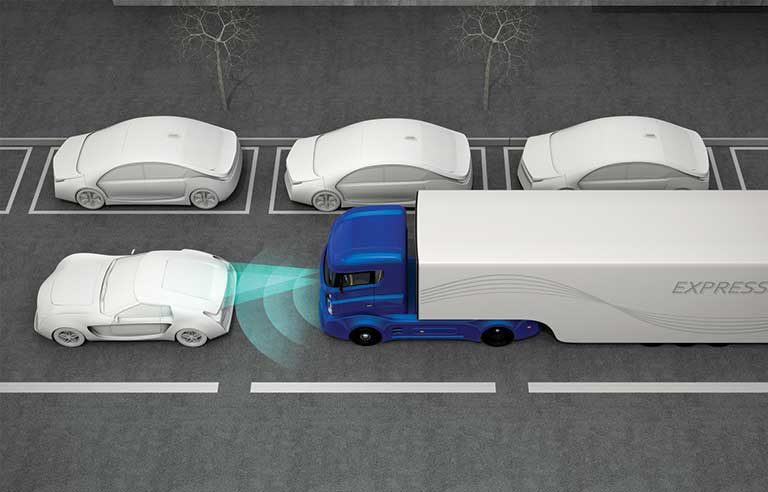House lawmakers call for automatic emergency braking on new commercial trucks, buses

Washington — Automatic emergency braking would be a standard feature on all new commercial motor vehicles, including large trucks, under legislation introduced in July by Reps. Jesús “Chuy” García (D-IL) and Hank Johnson (D-GA).
Discussing the Safe Roads Act of 2019 (H.R. 3773) in a July 17 press release, García calls AEB technology “a simple, common-sense solution to deploy proven crash-avoidance technologies.”
According to Injury Facts, an online source of preventable death and injury statistics compiled by the National Safety Council, 4,657 CMVs were involved in fatal crashes in 2017 – a 9% increase from 2016 and a 45% increase since 2009.
Johnson introduced similar bills in 2011 and 2015; both followed incidents in which commercial trucks were involved in fatal crashes.
“Tragically, the simple installation of automatic braking systems on all commercial motor vehicles might have prevented these deaths and countless others across the country,” Johnson said in a July 16 press release. “America’s roads and highways should be safe for all drivers. Taking full advantage of technologies that are available and proven to anticipate and prevent crashes will save lives.”
Numerous advocacy groups, including Advocates for Highway and Auto Safety and the Truck Safety Coalition, applaud the legislation.
“Truck crashes, deaths and injuries are unacceptably high,” AHAS President Cathy Chase said in a July 16 press release. “This carnage would not be tolerated in any other industry. It is imperative that Congress and the U.S. Department of Transportation get serious about solving this problem. Solutions, including requiring advanced technologies in all new trucks, are readily available – they just need to be implemented.”
| Sign up for Safety+Health's free monthly email newsletters and get the news that's important to you. |
Meanwhile, in a document published July 18, the Owner-Operator Independent Drivers Association Foundation cautions that advanced driver-assist systems, which include AEB, “are still in their infancy.”
Although the technologies “certainly hold potential,” the foundation claims, “they also pose new problems.” AEB systems, for instance, aren’t fully autonomous, the document states, and a majority “are designed to only work at low speeds, as sudden braking at higher speeds can startle a driver, leading to erratic driving behavior.”
The bill was referred July 17 to the House Highways and Transit Subcommittee, where it remained at press time.
Post a comment to this article
Safety+Health welcomes comments that promote respectful dialogue. Please stay on topic. Comments that contain personal attacks, profanity or abusive language – or those aggressively promoting products or services – will be removed. We reserve the right to determine which comments violate our comment policy. (Anonymous comments are welcome; merely skip the “name” field in the comment box. An email address is required but will not be included with your comment.)

